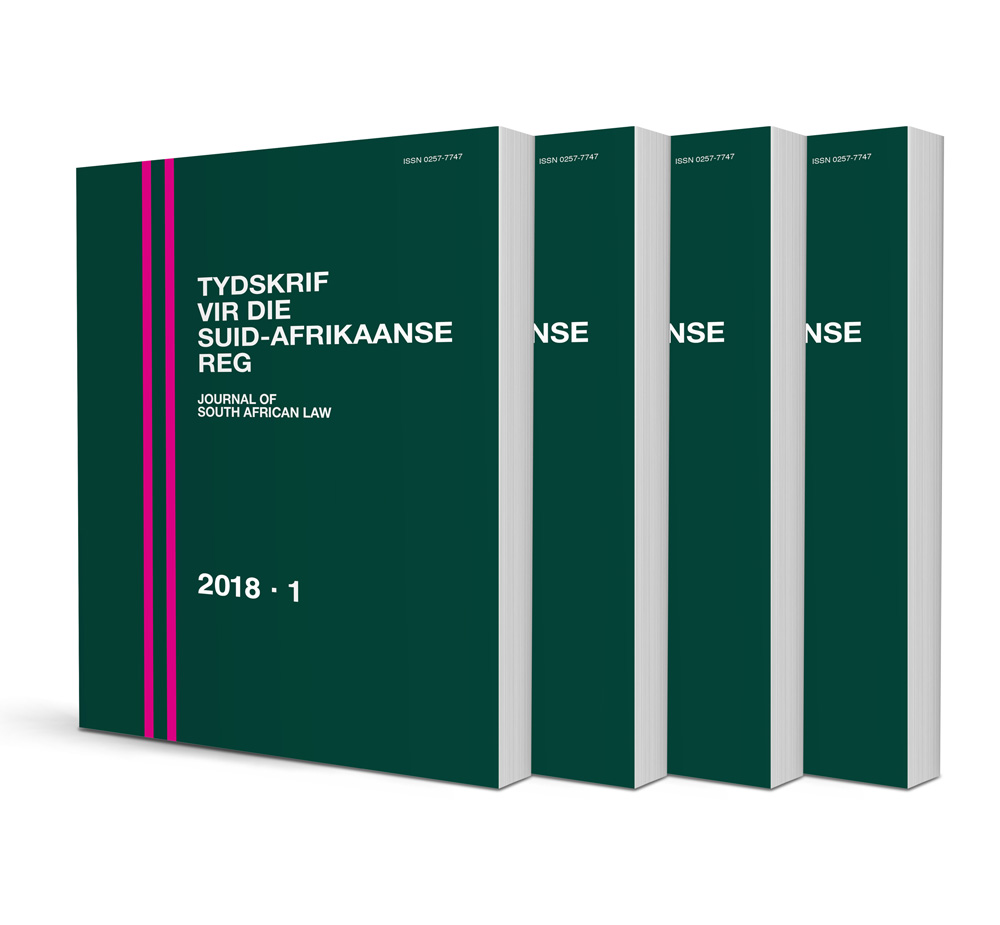
Testamentêre trusts en die Nederlandse testamentair bewind – ’n regsvergelykende ondersoek
Authors Eben Nel
ISSN: 1996-2207
Affiliations: Navorsingsgenoot, Nelson Mandela Universiteit, Port Elizabeth.
Source: Tydskrif vir die Suid-Afrikaanse Reg, Issue 4, 2019, p. 713 – 727
Abstract
The writer investigates, within the historical contexts, the tangent points as well as differences between the testamentary trust in South Africa and the testamentair bewind in Dutch law; first-mentioned as a common law sui generis figure, operating within a mixed-law jurisdiction, and the other a creation of statute in a civil law environment.
The trust manifests in both a discretionary and bewind fashion and is therefore a versatile and comprehensive testamentary instrument, while the Dutch testamentair bewind serves specific welldefined purposes. The vesting of assets is the core differentiator between the ownership trust and the bewind and allows the testator to dictate the control over the bequest long after his or her demise. At the heart of such control by the testator is the principle of freedom of testation, which has been limited by statutory intervention in many European jurisdictions. The testamentair bewind allows the testator to place the bequest under administrative control and limits the powers and rights of the heir, protecting minors, spendthrifts, persons with limited intellectual capacity, and limited rights over property. The similarities in application between the testamentary trust and the testamentair bewind, and in particular the protective nature thereof, indicate the need for a trust-like figure in the estate and fiduciary environment. It is submitted that the ownership aspect can be accommodated by the Dutch legal system and an introduction of the testamentary trust figure in the Netherlands shall not only enrich the legal dispensation, but also empower both the testator and the fiduciary practitioner. It is submitted that the introduction of an ownership trust figure in the Netherlands shall contribute to the planning, protection, preservation and successful transfer of assets from one generation to the next.